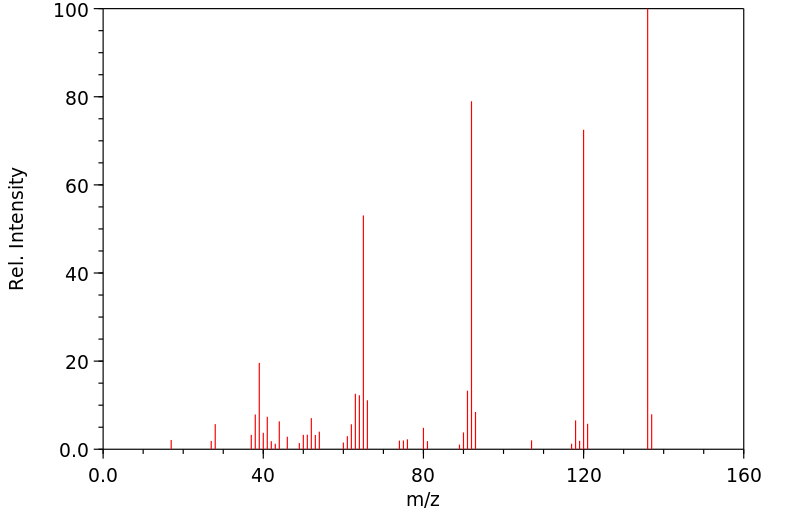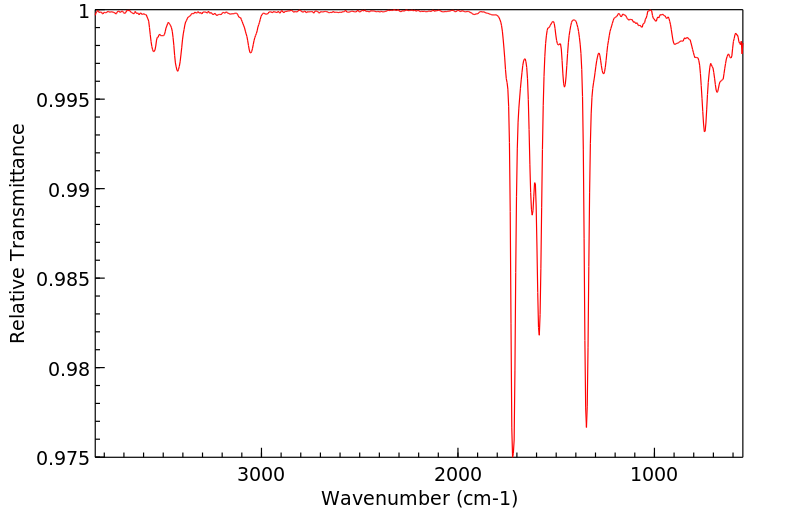代谢
3-氨基苯甲酰胺(3-ABA)是一种有效的放射增敏剂,可以抑制DNA链断裂的修复。本研究的目的是通过磁共振成像(MRI)监测氟化3-ABA衍生物在荷瘤大鼠体内的生物分布和药代动力学。为此,通过三氟乙基化将3-ABA标记上氟-19[3-氨基-N-2,2,2-三氟乙基苯甲酰胺(3-ABA-TFE)],这一过程仅略微增加了该化合物的细胞毒性,如通过菌落形成实验所证明的。在给9只带有Dunning前列腺腺癌的哥本哈根大鼠腹腔注射400 mg/kg BW的3-ABA-TFE后,使用全身体积MR系统以10 x 10 x 15 mm^3的空间采样获取了(19)F MR图像。虽然3-ABA-TFE在所有主要器官和肌肉系统中都有观察到,但在腺癌中只能检测到少量的且不均匀的信号。连续的MR测量显示,在3-ABA-TFE给药后大约2天,组织信号达到最大值。在这个时间点,平均肌肉到肝脏和肿瘤到肝脏的信号比分别是0.31+/-0.07和0.11+/-0.04。应用(19)F MRI策略使得以纵向方式测量个体动物中3-ABA-TFE的生物分布和药代动力学成为可能。对前列腺腺癌的结果表明,将3-ABA-TFE输送到实体瘤可能受到肿瘤特异性因素的严重阻碍,且该物质的肿瘤内摄取可能低于正常组织。因此,开发有效的载体系统对于提高肿瘤选择性输送是必须的。
3-Aminobenzamide (3-ABA) is a potent radiosensitizer that inhibits the repair of DNA strand breaks. The aim of this study was to monitor the biodistribution and pharmacokinetics of a fluorinated 3-ABA derivative in tumor-bearing rats by magnetic resonance imaging (MRI). To this end, 3-ABA was labeled with fluorine-19 by trifluoroethylation [3-amino-N-2,2,2-trifluoroethylbenzamide (3-ABA-TFE)], which only slightly increased the cytotoxicity of the compound as demonstrated by colony-forming assays. After intraperitoneal injection of 400 mg/kg BW 3-ABA-TFE to nine Copenhagen rats with Dunning prostate adenocarcinoma, (19)F MR images were acquired at a whole-body MR system with a spatial sampling of 10 x 10 x 15 mm(3). While 3-ABA-TFE was observed in all major organs and the muscular system, only a small and heterogeneous signal could be detected in the adenocarcinoma. Serial MR measurements yielded maximum tissue signals about 2 days after 3-ABA-TFE administration. At this time point, the mean muscle-to-liver and tumor-to-liver signal ratio was 0.31+/-0.07 and 0.11+/-0.04, respectively. Application of the (19)F MRI strategy makes it possible to measure the biodistribution and pharmacokinetics of 3-ABA-TFE in individual animals in a longitudinal manner. The results obtained for the prostate adenocarcinoma indicate that delivery of 3-ABA-TFE to solid tumors may be seriously hampered by tumor-specific factors and that the intratumoral uptake of the substance may be lower than in normal tissues. Therefore, the development of effective carrier systems is mandatory to improve tumor-selective delivery.
来源:Hazardous Substances Data Bank (HSDB)










